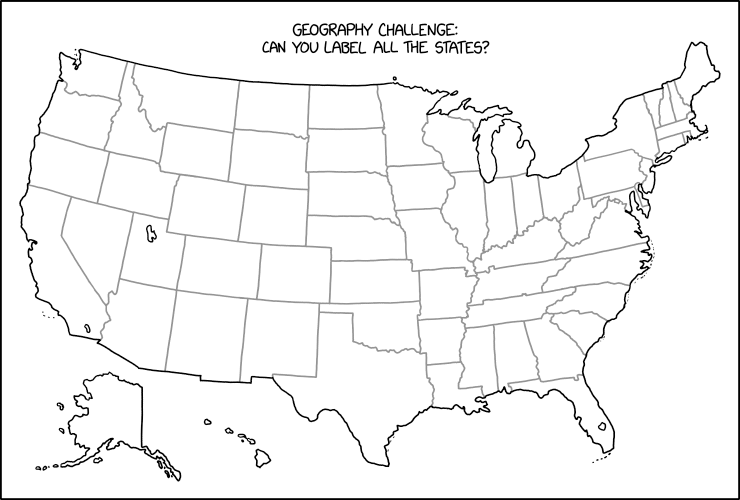Last week I mentioned forthcoming changes to how Google Maps stores users’ location data. According to the Electronic Frontier Foundation, those changes could spell the end of what are known as geofence warrants, which “require a provider—almost always Google—to search its entire reserve of user location data to identify all users or devices located within a geographic area during a time period specified by law enforcement.” The EFF believes geofence warrants are unconstitutional in the United States. Defaulting to on-device storage, deletion after three months, and encrypted cloud backups means Google can’t access that data: there’s nothing for them to turn over.
“All of this is fantastic news for users, and we are cautiously optimistic that this will effectively mean the end of geofence warrants,” says the EFF. “However, we are not yet prepared to declare total victory. Google’s collection of users’ location data isn’t limited to just the ‘Location History’ data searched in response to geofence warrants; Google collects additional location information as well. It remains to be seen whether law enforcement will find a way to access these other stores of location data on a mass basis in the future.”
Via Daring Fireball (where Gruber notes that Apple has never collected location data, i.e. there’s a reason it’s “almost always Google”).



 Every year, for the past few years, John Nelson has released a DIY globe ornament; this year he eschews papercraft and teamed up with Ruben Bruijning to produce
Every year, for the past few years, John Nelson has released a DIY globe ornament; this year he eschews papercraft and teamed up with Ruben Bruijning to produce 
 The 16th edition of the granddaddy of world atlases, the
The 16th edition of the granddaddy of world atlases, the 
